Men Who Started Town Of Gatooma
Introduction by Nick Baalbergen
Most of the larger settlements in the fledgling country evolved more or less simultaneously, shortly after the initial occupation of the country by the Pioneer Column in 1890. Unlike these settlements, Gatooma was born out of necessity some years later in 1906. The settlement of Gatooma had its origins in a rudimentary railway siding, established to cater for the transport and supply needs of the scattered mining communities in the 'Golden Valley', 18 kilometres north west and the Eiffel Flats 7 kilometres east.. The attached article, extracted from the book 'Know Your Rhodesia and Know Nyasaland', gives a brief history of the development of the town from that first rail siding. The photographs are restored from originals in an album dating from the early 1900's.
The first photo taken circa 1912 , captioned "The Mansion", shows a collection of thatched huts. These are likely to be the original huts which served as Godwin's 'Bush Canteen', detailed in the article. This 'canteen' evolved into the 'Gatooma Hotel', built in front of the original huts in Rhodes Street.
The 1912 panorama of Rhodes Street graphically reflects the rapid development of the settlement in a mere 6 years. From the exterior signage, a number of individual business activities can be identified. The most prominent sign in Rhodes Street is that of the town 'ASSAY' and not far away is the 'Sanowcroft Foundry Co Mining Machinery', indicative of the town's origins in mining. Other businesses that can be readily identified are 'Leon Ardale Zard Auction Mart', 'S Hermer & Co Watchmakers & Jewellers', 'RAMAS Mens Outfitters' and a ladies clothing & haberdashery store. The unidentified building that would be the 'Gatooma Hotel' two years later, can be seen just right of centre along the street.
The hospital is an impressively large structure under a corrugated iron roof. One end of the building appears to be open sided, being enclosed only by mosquito screens.
The photo showing 'Volunteers from the Gatooma community to the 1st Rhodesia Regiment circa 1914', is significant. The 1st Rhodesia Regiment was raised on 13 October 1914 for deployment to German South West Africa and most of the men were serving in the Southern Rhodesia Volunteers at the time.
It is interesting to note that outside advertising had already made its appearance by 1912, a mere six years after the establishment of the first rail siding. One wall of a Station building had been painted with the 'Bensdorp Cocoa' trademark, a brand that is still very much with us a century later.
End of Introduction
Men Who Started Town Of Gatooma
(Extracted from the book 'Know Your Rhodesia and Know Nyasaland.)
The name " gatooma " is derived from the local Native name " Kaduma" meaning "Little Hill." The town stands astride a low kopje and it is presumably to this hill which the name refers.
In the early 1900's, shortly before the Golden Valley Mine started, Mr. Jack Mack (afterwards the owner of the mine) decided that he must have a depot on the railway line 12 miles to the south, where his stores and equipment might be dumped.
He built a small hut alongside the line and arranged with a Mr. Godwin, a hunter-cum-farmer living in a couple of rondavels nearby, to act as his agent.
In this way the Godwin clearing agency started, and within a few months he began to act for others in the district.
So from this chance arrangement between a nearby mine manager and a man with a good eye for business the railway station and town of Gatooma started.
Mr. Godwin must have been the first resident, and to remind the town of his early importance there is a road named after him which passes close to where his rondavels were situated.
Shortly after this the railway company built a siding at Gatooma. A plaque in the modern railway station sums up the whole matter thus: "At first the happy hunting ground of a few prospectors and small-workers, the district is now an important gold-mining area. In 1906. for the convenience of the scattered miners in the Golden Valley and in the Eiffel Flats, an enterprising trader named GODWIN started a 4 bush canteen' and forwarding agency in a couple of huts by the side of the railway. This was the germ of the present flourishing township of GATOOMA, where at the outset drinking water had often to be obtained by rail from the Umzwezwe River eight miles distant."
Gatooma celebrated its Golden Jubilee in September this year, when the flag at the opening ceremony was hoisted by Mr. Eric Fitt, son of the first Mayor of Gatooma and himself a former Mayor. Gatooma became a municipality in 1917 and some years later a coat of arms was devised, but who by nobody seems to know.
The animal at the bottom is obviously a dairy cow. The trek wagon at the top is said to represent the first pioneers who staged alongside the railway line.
The reason for the two symbols representing mining is fairly obvious. It can be argued that the five-stamp mill represents small-workers and the pit-head gear the deep mine.
The coat of arms in the picture adorns the wall of the new Gatooma library and was moulded by hand in cement bv Mr. C. G. Griffiths.
Photographs of early Gatooma made available by Nick Baalbergen.
The Mansions'. Houses built by the first settlers on the site of the settlement of Gatooma. Circa 1912
The Gatooma Station 1912
The arrival of the mail train from Salisbury at the Gatooma Station 1912
The Magistrate's Court Building Gatooma 1912
The Gatooma hospital 1912-1914
Gatooma School Children
The 'English' (Anglican) Church. Gatooma. 1912
The 'Wesleyan' (Methodist) Church. Gatooma. 1912
Rhodes Avenue Gatooma 1912
Rhodes Street west. Gatooma. 1912
Rhodes Street east. Gatooma. 1914
The Gatooma Hotel Rhodes Street 1914
Looking west down Rhodes Street from the Post & Telegraph Office.
Gatooma Hotel behind the second telegraph pole. 1914
The Post & Telegraph Office Rhodes Street, which faces the Station. Gatooma 1914
Baker Street Gatooma after the 1915 flood
Volunteers from the Gatooma community to the 1st Rhodesia Regiment circa 1914
End of Article
Text and photographs made available by Nick Baalbergen to ORAFs.
Recompilation for Our Rhodesian Heritage blog by Eddy Norris
Comments are welcome, please send them to Eddy Norris at orafs11@gmail.com
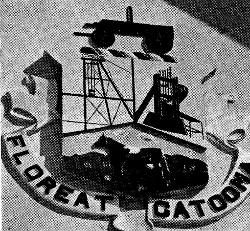
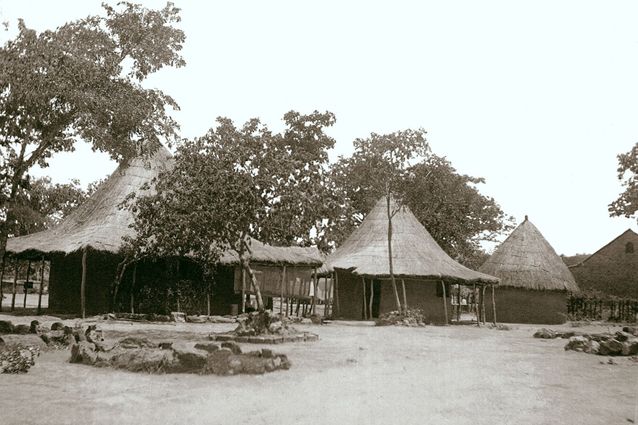

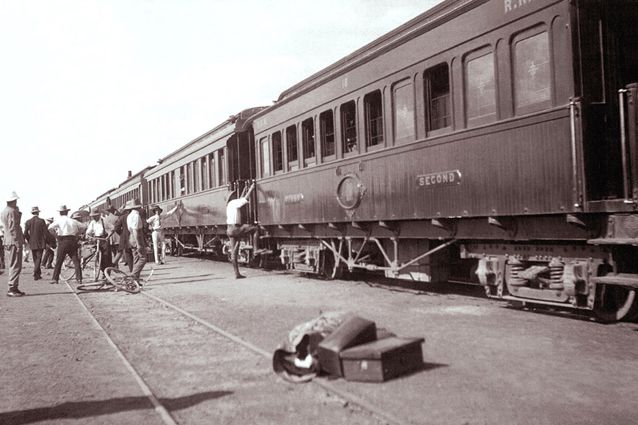

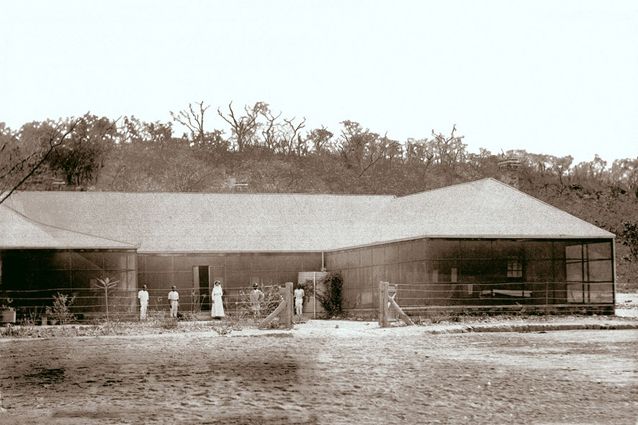
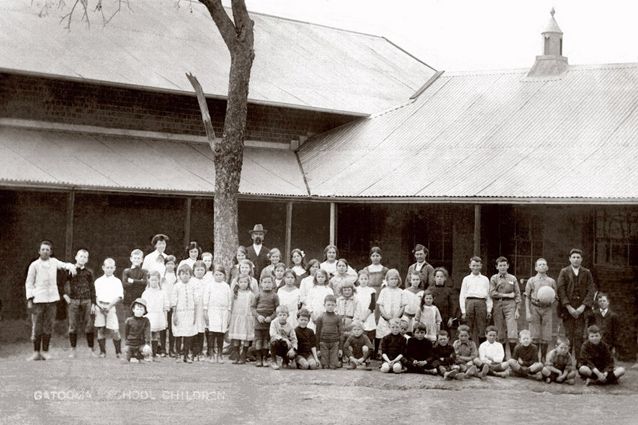
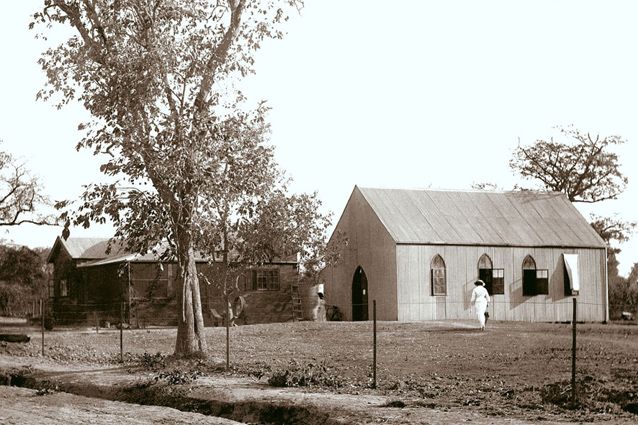
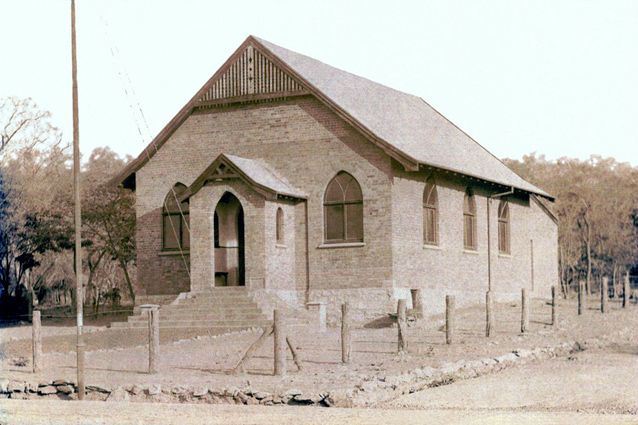

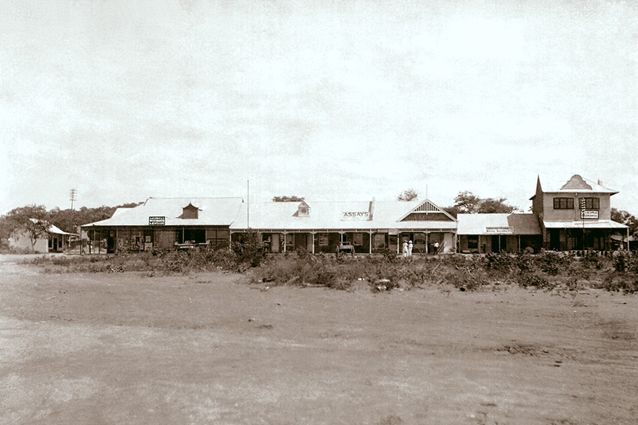
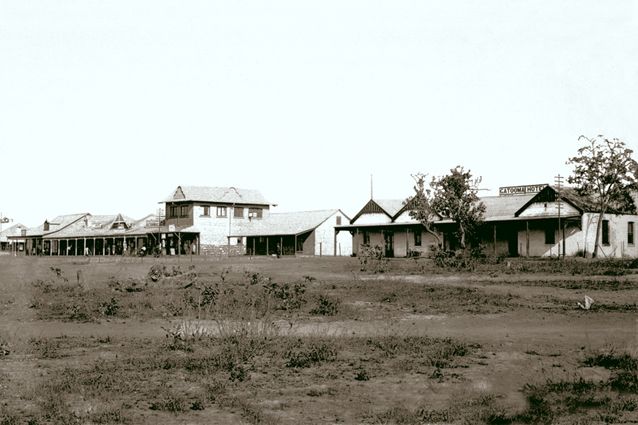
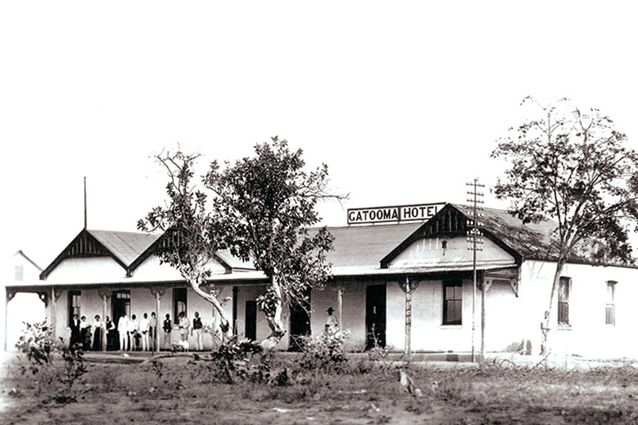
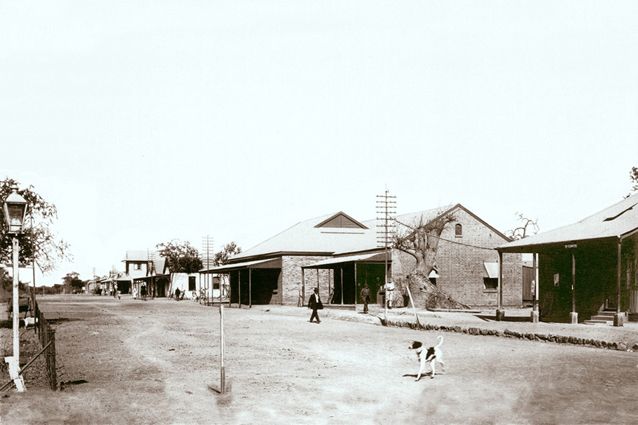

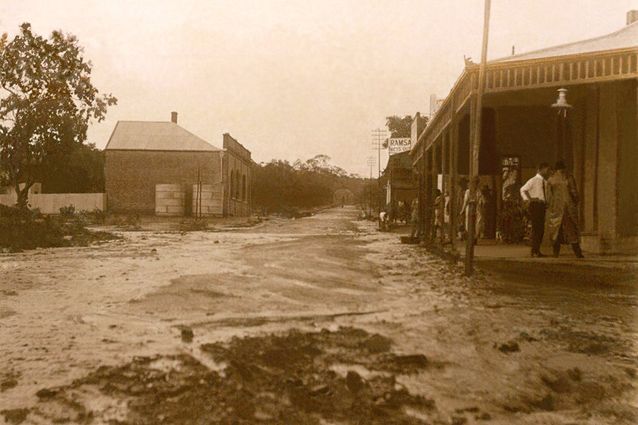



0 Comments:
Post a Comment
Subscribe to Post Comments [Atom]
<< Home